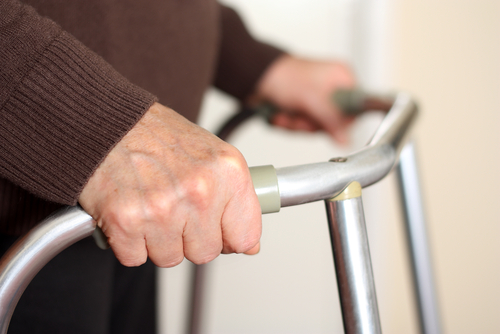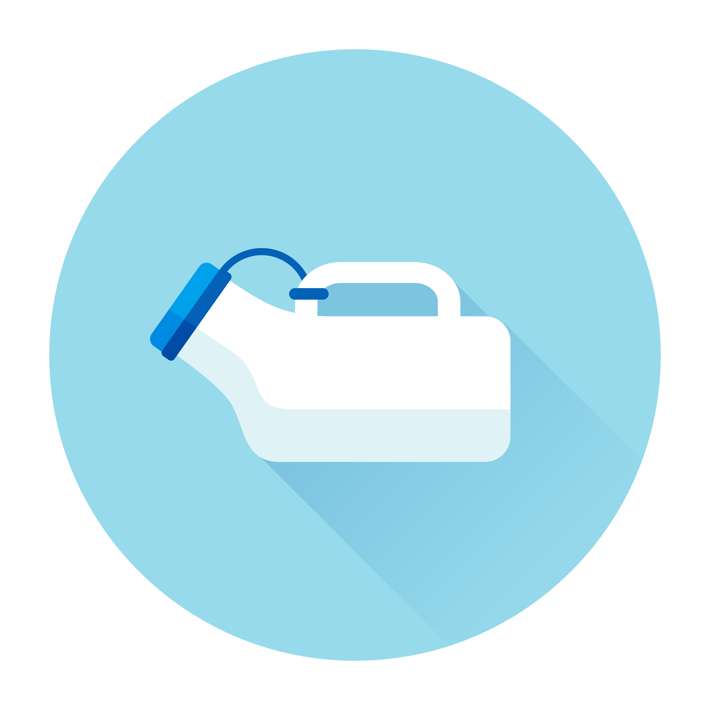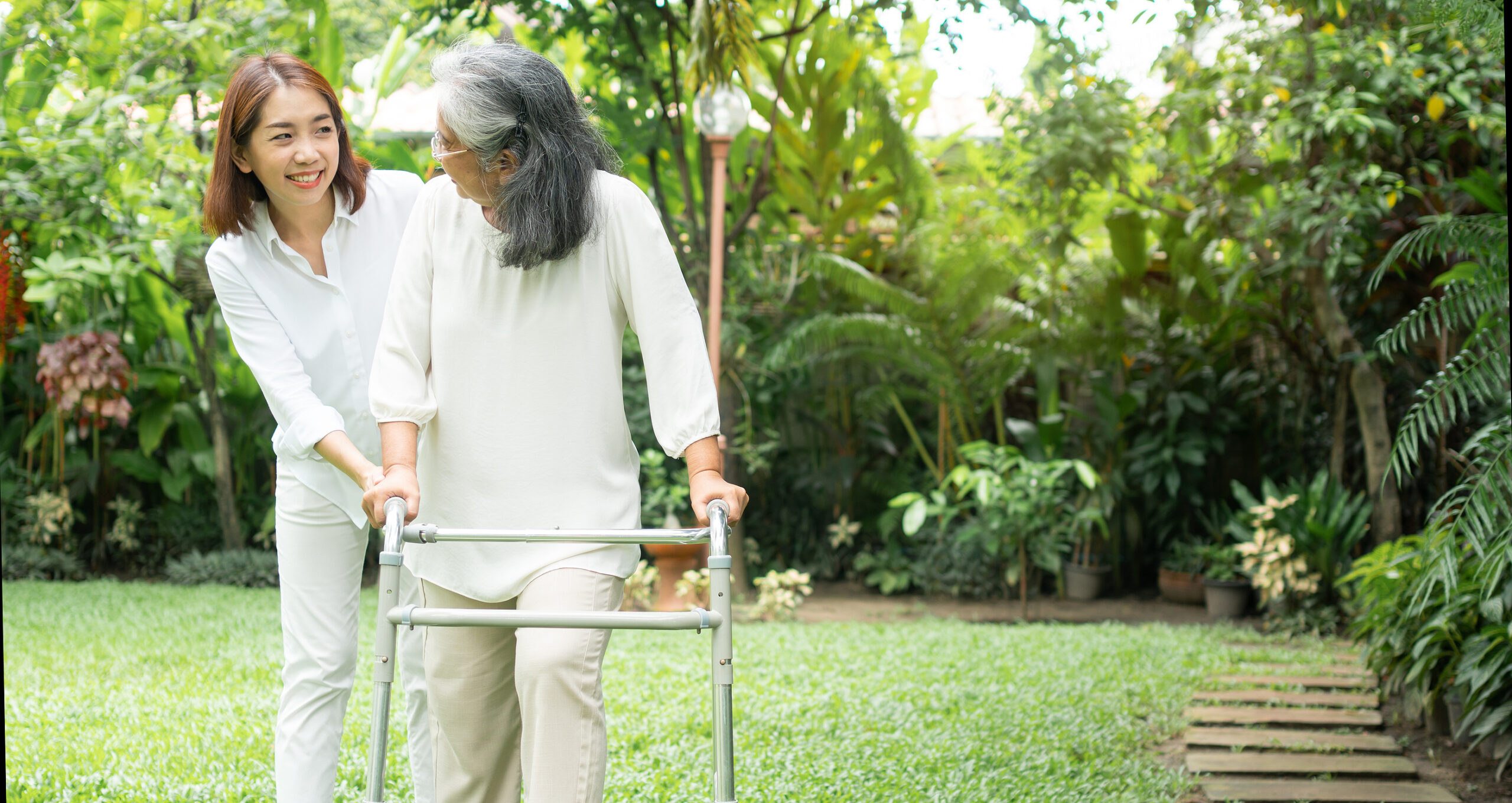How to Put Tennis Balls on a Walker
Category:

You may have seen a tennis ball on a walker here and there. It may look strange initially, but there is a practical reason why people attach these balls to their walking devices. Why do people put tennis balls on walkers? In this post, we will answer some of your questions about tennis balls on walkers, including how to put tennis balls on a walker and some alternatives to walkers with tennis balls.
Why Put Tennis Balls on Walkers?
Walkers have rubber tips on the bottom, but they have a tendency to slide around due to their fragile and slippery nature. This can be quite frustrating to hold them steady. That’s where walker tennis balls come in. Tennis balls can help increase stability and create more traction while moving. They’re also a cheap and easily replaceable solution.
Are Tennis Balls on Walkers Safe?
Adding tennis balls to a walker is safe. As a matter of fact, people add tennis balls to the bottom of their walkers to make them safer. The felt on the tennis balls helps keep the walker in place, offering more surface area. However, while tennis balls are pretty durable, there is a chance of ripping or tearing them when sliding on rough surfaces. Due to this, be sure to only slide on certain surfaces.
Now that we know more about the benefits and safety concerns of a walker with tennis balls let’s consider adding tennis balls to a walker.
How to Put Tennis Balls on Walker Legs
Putting tennis balls on walkers requires a box cutter and something to hold the tennis ball in place, such as a vise. Additionally, you can opt to use a hammer and nail to poke a hole in the tennis ball before cutting it. The steps are as follows
-
Secure the tennis ball with your vise or object of choice.
-
Hammer the nail into the ball until you hear the air hiss out.
-
Remove the nail and cut a line starting at the hole. The size of the hole depends on the width of the walker’s legs.
-
Cut another line across the hole, creating an X shape.
-
Push the ball onto the walker’s legs, pull the walker back, so the flaps open up, and then push back in to make sure it’s securely placed.
-
Repeat with the other leg.
What are the Arguments Against Tennis Balls on Walkers?
Some people argue against using tennis balls on the walker because there are other alternatives to help with sliding (plus, they may not look the most attractive when attached to a walker). Additionally, if one tennis ball wears down before the other, sliding can be a bit uneven. Just make sure to replace them frequently, and everything should be fine. But what can you use instead of tennis balls on a walker? In the next section, we’ll explore walker glides vs. tennis balls and other alternatives to tennis balls on the walker’s legs.
Download Our Home Safety Guide
What is a Good Alternative to Tennis Balls on Walkers?
You don’t necessarily have to use a tennis ball for a walker. As a matter of fact, there are several alternatives for a walker with tennis balls. Below are some good alternatives to walker tennis balls.
-
Glide balls. These are great for people who don’t want to deal with the DIY aspect of tennis balls. They are also thought to be more durable than tennis balls.
-
Walker coasters. These glide more easily on surfaces than tennis balls.
-
Decorative walker glides. These are great for people who want to make a fashion statement. Try looking for walker glides in different colors and designs to suit your personality.
-
Glide skis. These function similarly to a ski for easy gliding.
Pre-cut tennis balls. Maybe tennis balls are working just fine for you. You can purchase tennis balls already cut, so you don’t have to worry about potentially cutting yourself on a DIY craft.
Subscribe
Date: November 22, 2022
Category:


